Misc
Ranked: Top 10 Cities Where International Travelers Spend the Most

Top 10 Cities Where International Travelers Spend the Most
When it comes to travel, some tourists spare no expense. And some cities are well suited to attract them.
From the luxurious desert city of Dubai to the city of light and love, Paris, many international travelers today are looking to tick the crème de la crème of destinations off their bucket lists. In some cases, they’re seeking out the opulent experiences they missed out on when the pandemic brought the world to a halt.
In this graphic, we use the latest research by the World Travel and Tourism Council (WTTC) to highlight the top 10 cities where international travelers spent the most in 2022.
Cities of Opulence
Last year, Dubai took top spot, followed by nearby Doha, Qatar.
| Rank | City | Country / Region | Income from International Tourists (2022) |
|---|---|---|---|
| #1 | Dubai | 🇦🇪 UAE | $29.42B |
| #2 | Doha | 🇶🇦 Qatar | $16.79B |
| #3 | London | 🇬🇧 UK | $16.07B |
| #4 | Macau | 🇲🇴 Macau SAR | $15.58B |
| #5 | Amsterdam | 🇳🇱 Netherlands | $13.59B |
| #6 | Istanbul | 🇹🇷 Türkiye | $13.13B |
| #7 | Barcelona | 🇪🇸 Spain | $12.73B |
| #8 | New York | 🇺🇸 U.S. | $12.45B |
| #9 | Singapore | 🇸🇬 Singapore | $10.97B |
| #10 | Paris | 🇫🇷 France | $9.76B |
Singapore and Macau represented East Asia, and New York was the sole city from the Americas on the list.
It’s worth noting that this list differs somewhat from overall tourism spending, which would include domestic travel spending as well. Large countries like the United States and China fare better in that ranking.
City Spotlight: Destinations Favored by Big Spenders
When you think of luxury travel, you think of five-star hotels, Michelin-star restaurants, luxury retail outlets, and many other premium experiences. And these cities offered their international travelers just that.
#1. Dubai
From the Burj Khalifa, currently the world’s tallest building, to the desert excursions and yacht cruises, Dubai offers extravagant experiences for international visitors. The city’s reputation for tax-free, high-end shopping and its commitment to providing a luxurious experience has made it a top travel destination for luxury shoppers from around the world.
Location is another factor in the city’s success. Dubai sits at the natural crossroads between Europe, Asia, Africa, and the Middle East, and is home to one of the world’s busiest, well-connected airports.
International travelers spent close to $30 billion in the city in 2022.
#3. London
London has long been a preferred location for the ultra-wealthy, and as a result, the city has an abundance of amenities for well-heeled travelers. For one, London is home to more five star hotels than any other city. As well, London offers ultra-wealthy travelers access to a wide range of high-end designer retailers, as well as world-famous museums, galleries, and landmarks.
Of course, the UK’s largest city also sees a high overall volume of tourists overall, which adds to the $16 billion global visitors spent in the city in 2022.
#4. Macau
Known as the Las Vegas of Asia, Macau’s gambling hub has been a magnet for international tourists for years. However, as the city began re-imagining its tourism strategies post-pandemic, it has grown stronger as an international tourist destination.
Outside tourists brought in $15.6 billion in 2022, and that number is only expected to multiply further over the next decade. This growth is being fueled by China and Hong Kong, which account for the lion’s share of visits.
Note: Although Macau is now a part of China, it remains a Special Administrative Region under the “One Country, Two Systems” principle.
Transforming Travel Trends
The global travel industry continues to recover from the pandemic, which is good news for the many nations that economically rely on tourism.
As travel restrictions were lifted, many tourists flocked to remote destinations that were less traveled. However, this WTTC research is proof that the world’s iconic cities are making their way back onto tourist itineraries once again.
Misc
Visualized: The Daily Routines of Famous Creatives
The daily routines of 16 famous creatives—poets, thinkers, scientists and even politicians—are charted for comparison with each other.
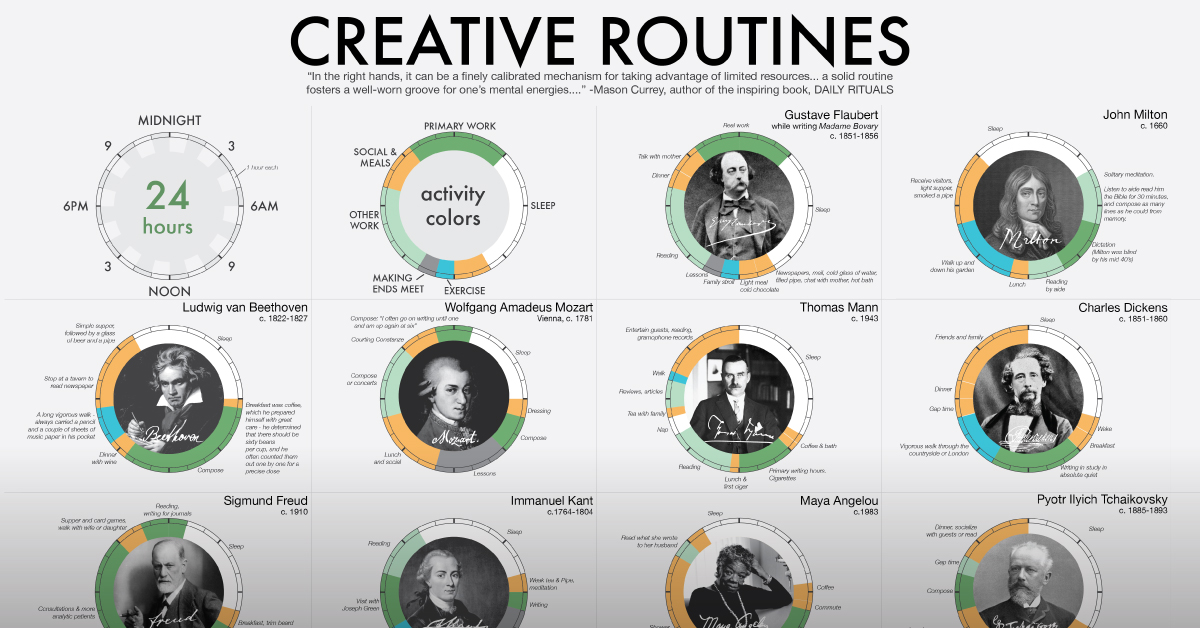
Visualized: The Daily Routines of Famous Creatives
What is the best daily routine to unlock creativity, or is there such a thing?
Many modern suggestions for optimizing creativity—like scheduling time for “deep work,” and building small, sustainable “atomic habits”—can be traced back to famous creatives in many different eras. And though they all found success, they employed different methods as well.
In this unique visualization, RJ Andrews from InfoWeTrust has charted how notable creatives in different fields spent their days. He picked 16 of the 161 “inspired minds” covered by Daily Rituals: How Artists Work, a book by writer and editor Mason Currey published in 2013.
How Much “Creativity Time” in Famous Daily Routines?
Dividing the day into 24 hours, Andrews denoted certain categories for daily activities like working creatively, sleeping, and other miscellaneous endeavors (meals, leisure, exercise, and social time).
For the creatives with a separate day job—Immanuel Kant and Wolfgang Amadeus Mozart—their ordinary labor is also counted in miscellaneous activities.
Below is a breakdown of the daily routine of all 16 people featured above:
| Name | Occupation | Creative (hrs) | Sleep (hrs) | Miscellaneous (hrs) |
|---|---|---|---|---|
| Maya Angelou | Writer/Poet | 9 | 7.5 | 7.5 |
| W.H. Auden | Poet | 11.5 | 7 | 5.5 |
| Honoré de Balzac | Novelist | 13.5 | 8.5 | 2 |
| L.V. Beethoven | Composer / Pianist | 8 | 8 | 8 |
| Le Corbusier | Architect | 8.5 | 7 | 8.5 |
| Charles Darwin | Naturalist / Biologist/ Geologist | 7 | 8 | 9 |
| Charles Dickens | Writer | 5 | 7 | 12 |
| Gustave Flaubert | Novelist | 10.5 | 7 | 6.5 |
| Sigmund Freud | Psychologist | 12.5 | 6 | 5.5 |
| Benjamin Franklin | Writer / Inventor / Scientist / Statesman | 8 | 7 | 9 |
| Victor Hugo | Writer | 2 | 8 | 14 |
| Immanuel Kant | Philosopher | 7 | 7 | 10 |
| Thomas Mann | Novelist | 8 | 8 | 8 |
| John Milton | Poet | 8 | 7 | 9 |
| W.A. Mozart | Composer / Pianist | 8 | 5 | 11 |
| P.I. Tchaikovsky | Composer | 4.5 | 8 | 11.5 |
The average and median amount of time spent on creative work for these individuals was just over 8 hours a day. At the extremes were two French novelists, Honoré de Balzac with 13.5 hours daily spent on creative work, and Victor Hugo with only 2 hours.
Interestingly, the allocation of creative work time was different in almost every daily routine. Maya Angelou’s routine resembles the modern work day, with the bulk of her writing between 7 a.m. to 2 p.m. Others like Kant and Mozart had creativity blocks when time allowed, such as before and after their teaching jobs.
Then there are outliers like Honoré de Balzac and Sigmund Freud, who worked as much as they could. Balzac wrote from 1:00 a.m. to 4:00 p.m. with just an hour and a half nap break in between, fueled by up to 50 cups of coffee. Freud split up his creative work into three different blocks: analyzing patients in the morning, consulting in the afternoon, and reading and writing journals into the late evening.
But somewhere in their days, most of these brilliant minds made sure to get a good rest, with an average of 7.25 hours of sleep across the board.
Schedule Yourself to Create Success
Creativity may ebb and flow, but these great minds had one clear thing in common: scheduling time for creative work.
The perfect daily routine was usually what fit in with their lifestyle (and their bodies), not based on an arbitrary amount of work. For example, night owls with later chronotypes worked late, while socialites and politicians found time outside of their commitments.
They also found time to move and enjoy life. Half of the people in the dataset specified exercise in their accounts—either leisurely strolls or fast walks. Many also scheduled social time with partners, friends, or children, often paired with a meal.
Perhaps the greatest insight, however, is that the day-to-day routine doesn’t have to look extraordinary to be able to create extraordinary work.
-
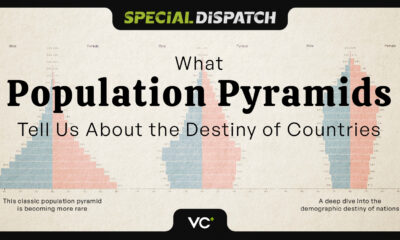
 VC+7 hours ago
VC+7 hours agoComing Soon: Here’s What’s Coming to VC+ Next
-

 Misc2 weeks ago
Misc2 weeks agoVisualizing the Biomass of All the World’s Mammals
-
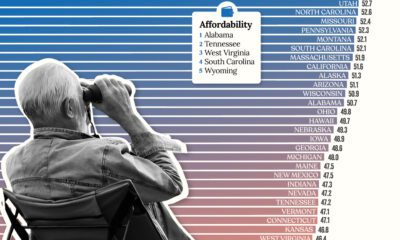
 Personal Finance2 weeks ago
Personal Finance2 weeks agoRanked: The Best U.S. States for Retirement
-
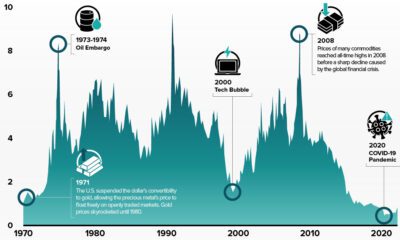
 Commodities2 weeks ago
Commodities2 weeks agoCharted: Commodities vs Equity Valuations (1970–2023)
-
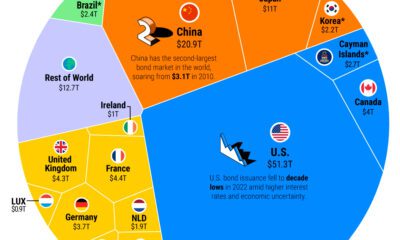
 Markets4 weeks ago
Markets4 weeks agoRanked: The Largest Bond Markets in the World
-
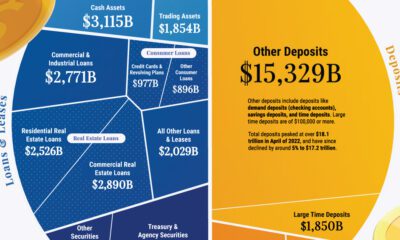
 Money1 week ago
Money1 week agoVisualizing the Assets and Liabilities of U.S. Banks
-

 VC+4 weeks ago
VC+4 weeks agoBonus Gift: Celebrating the Best of the VC+ Archive
-
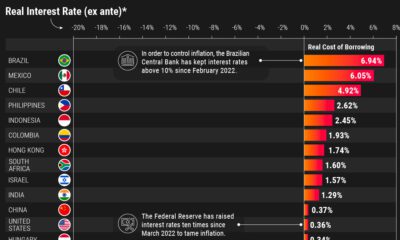
 Markets1 week ago
Markets1 week agoVisualized: Real Interest Rates by Country

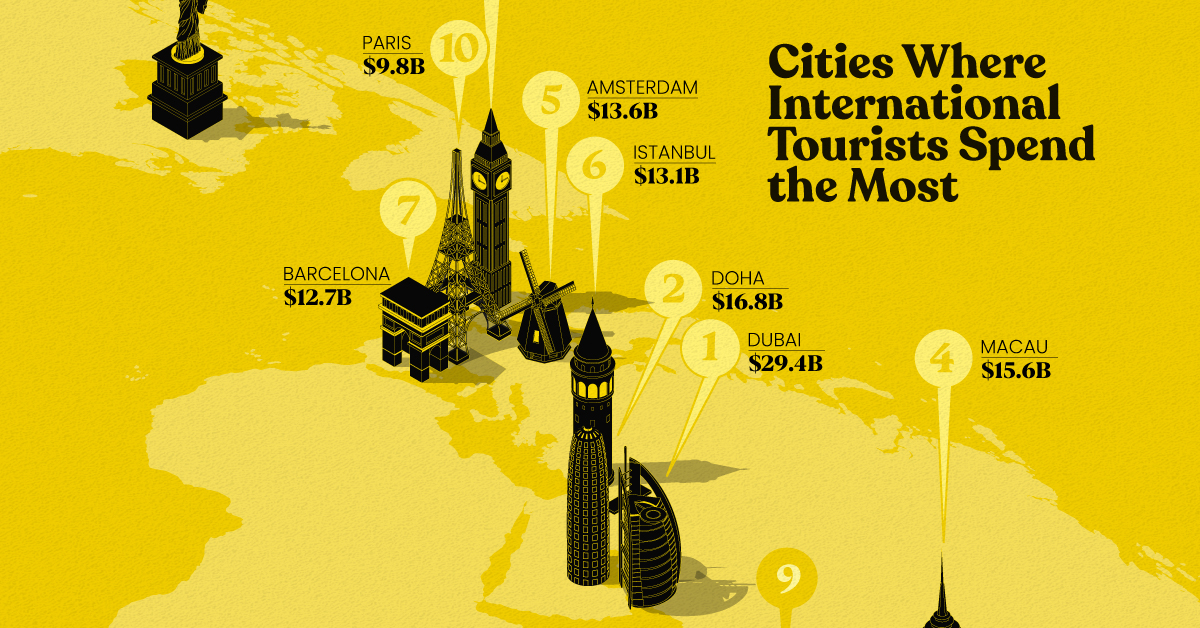

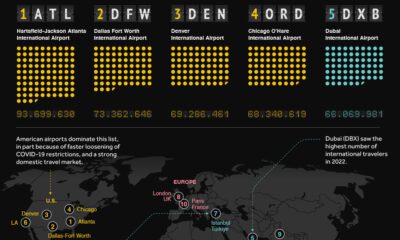

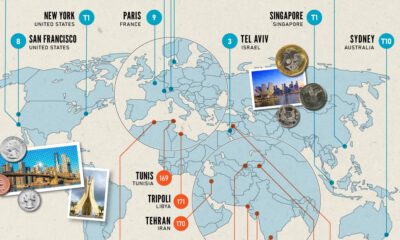

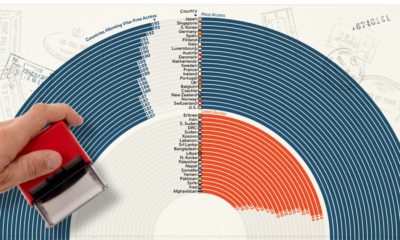

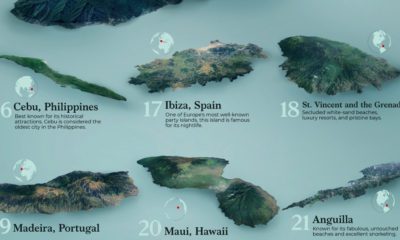

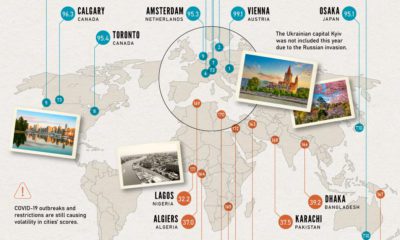

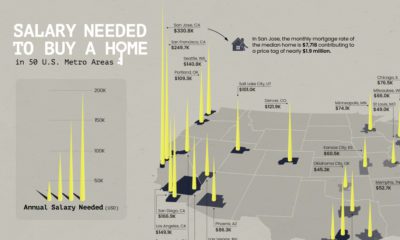

 Creator Program
Creator Program
